5 Essential Accessories Every Fireplace Should Have 2024
- August 23, 2023
- 0 comment
A fireplace is more than just a heat source; it’s a central feature that connects us to the elemental power of fire and enhances home comfort. Equipping your fireplace with the right accessories is essential not only for functionality and safety but also for boosting its aesthetic and longevity. This guide will detail the top accessories every fireplace should have in 2024, enhancing both the practical and aesthetic aspects of your hearth.
5 Essential Accessories Every Fireplace Should Have List:
- Fireplace Screen or Glass Doors
- Fireplace Poker and Tongs
- Ash Bucket and Shovel
- Fireplace Grate
- Firewood Holder or Rack
1. Fireplace Screen or Glass Doors
A fireplace screen or glass doors are essential for safety and aesthetics. They prevent hot embers and sparks from escaping the fireplace, which could potentially start a fire on nearby flammable materials. Besides safeguarding your home, screens and glass doors also keep pets and small children at a safe distance from the heat and flames. Additionally, they enhance the look of your fireplace, available in a variety of styles and designs to complement your home decor.
Recommended Product: Pleasant Hearth Ascot Fireplace Glass Door
In the world of fireplace accessories, the Pleasant Hearth Ascot stands out. Made with tempered safety glass, it acts as a vigilant guardian against stray sparks, while its bi-fold design ensures you can easily access your fire. The inclusion of air control dampers helps reduce heat loss, ensuring your room remains toasty while the fireplace is in use. Additionally, its decorative detailing makes it more than just functional; it becomes an artistic centerpiece for your hearth.
2. Fireplace Poker and Tongs
Fireplace pokers and tongs are essential tools for safely managing a fire. The poker, a long metal rod with a pointed end, allows you to safely adjust and move logs within the fire to maintain airflow and control burn rate. Tongs provide a secure grip to move burning logs, helping you avoid getting too close to the flames. Both tools help in effectively managing the fire while ensuring safety from burns and unwanted fire spread.
Recommended Product: Uniflame 5-Piece Fireplace Tool Set
This set from Uniflame isn’t just about tools—it’s about mastery over the elements. The poker and tongs, crafted with precision, provide superior control over the logs, allowing you to create the perfect burn. The accompanying brush and shovel ensure that the fireplace remains clean post-burn, emphasizing maintenance as much as function. The wrought iron design is not only durable but also boasts a timeless aesthetic that complements any fireplace décor.
3. Ash Bucket and Shovel
An essential part of maintaining a clean and safe fireplace is proper ash disposal. An ash bucket provides a secure container to collect and store ash remnants after a fire has burned out, ensuring they can cool down safely without posing a fire hazard. Accompanied by a shovel, this toolset makes it easy to gather and remove ashes from the fireplace, maintaining cleanliness and readiness for the next use.
Recommended Product: Amagabeli Bucket for Fireplace Hot Ashes Carrier Container
Dealing with residual ashes is an art in itself. The Amagabeli Bucket shines in this regard, with its heavy-duty metal construction ensuring that hot ashes can be safely transported without risk. The added benefit of a double-bottom design prevents heat transfer, ensuring the bucket’s bottom remains cool. Its thoughtful design, combined with a snug lid, guarantees that embers are safely contained, eliminating any risk of accidental ignition.
4. Fireplace Grate
A fireplace grate is vital for efficient burning. By elevating the wood off the hearth, it allows air to circulate underneath, enhancing combustion and reducing smoke. This setup not only promotes a cleaner burn but also helps to keep the fire burning longer by allowing embers to fall below and maintain the fire’s heat.
Recommended Product: Panacea Products Cast Iron Fire Grate
The Panacea Products Cast Iron Grate is a testament to the importance of foundation in any endeavor. By lifting the logs off the fireplace floor, it promotes optimal airflow, ensuring a cleaner and more efficient burn. Cast iron construction promises durability, ensuring it withstands intense heat without warping. Beyond function, its traditional design adds an authentic touch to any fireplace setting.
5. Firewood Holder or Rack
A firewood holder or rack is essential for properly storing your firewood. Rather than piling it on the ground, using a holder or rack keeps it organized and off the floor, whether indoors or outdoors. This helps prevent the wood from absorbing moisture and promotes better air circulation, reducing the risk of mold growth and pest infestations.
Recommended Product: Landmann USA 82413 4-Foot Log Rack
The Landmann USA Log Rack is more than just storage—it’s a statement. Constructed from robust tubular steel, it promises to endure seasons of use. Its elevated design ensures that logs remain dry and free from pests while promoting air circulation to prevent mold and mildew. Not merely functional, its sleek and minimalist design guarantees it serves as an elegant addition to any exterior or interior setting.
Types of Fireplaces
| Type | Fuel | Design | Ventilation |
|---|---|---|---|
| Traditional Wood-Burning | Hardwoods like oak, ash, hickory | Open hearth, enclosed, insert | Requires a chimney, regular maintenance |
| Gas Fireplace | Natural gas or propane | Direct vent, top vent, ventless | Vented expels exhaust outside; ventless indoors |
| Electric Fireplace | Electricity | Inserts, wall-mounted, standalone units | No ventilation needed; smoke-free |
| Ethanol Fireplace | Bioethanol | Portable, wall-mounted, traditional designs | No chimney needed; clean combustion |
| Pellet Stove | Compressed wood or biomass pellets | Similar to traditional stoves, modern system | Requires a flue or vent |
Installation
For safe and compliant installation of a fireplace, hiring a professional is strongly recommended to meet all local codes and ensure safety. The choice of location should balance structural necessities and aesthetic appeal. Ventilation is critical, particularly for wood-burning and some types of gas fireplaces, to manage exhaust safely. Before beginning the installation, it’s important to check local building codes and secure any necessary permits to avoid legal complications and ensure everything is set up correctly.
Fireplace Safety and Maintenance Guide
- Wood-Burning Fireplaces: Annual chimney cleaning is essential to prevent blockages and reduce fire hazards. Regularly remove ashes to maintain air flow and check the fireplace structure for any cracks or damages that could impact safety or efficiency.
- Gas Fireplaces: Periodically check for gas leaks, which are crucial for safety. Inspect ceramic logs for wear to ensure they function properly and maintain aesthetic appeal. Regularly cleaning the glass front helps to keep the view clear and the fireplace operating safely.
- Electric Fireplaces: Maintenance involves dusting and cleaning the exterior to keep it looking good and ensure efficient operation. Regular checks on the wiring are necessary to prevent electrical hazards.
- Ethanol & Pellet Fireplaces: It’s important to follow the manufacturer’s guidelines specifically, as these types of fireplaces have unique operational and maintenance needs based on their design and fuel type.
Safety
- Installation: Always ensure your fireplace is installed by a professional to guarantee both structural safety and the well-being of everyone in the home.
- Carbon Monoxide Precautions: For fireplaces that involve combustion, it’s critical to maintain proper ventilation. Installing carbon monoxide detectors near the fireplace and throughout your home enhances safety.
- Fire Extinguisher: Keep a fire extinguisher accessible in the area and make sure all household members know how to use it.
- Children and Pets: Always monitor children and pets around the fireplace. Using a protective screen can help keep them at a safe distance.
- Appropriate Burning Materials: Use only the materials intended for your specific type of fireplace to avoid hazardous situations.
- Flammable Items: Maintain a safe distance for all flammable materials like clothing and furniture from the open flame.
Efficiency Tips
- Damper Use: Seal the damper when the fireplace is not in use to prevent unwanted drafts and heat loss.
- Heat Retention: Installing heat-proof glass can help retain more heat within the room.
- Fireback: Placing a metal plate at the back of the fireplace can reflect heat back into the room, enhancing warmth and efficiency.
- Use Seasoned Wood: For wood-burning fireplaces, choosing dry, seasoned wood ensures more efficient burning with less smoke.
- Regular Cleaning: Keeping the fireplace clean is essential for both efficiency and safety.
In Conclusion
In conclusion, a fireplace stands as the heart of a room, not only illuminating it but also filling it with stories, memories, and moments of togetherness. As the flames dance and captivate, it’s the essential accessories that ensure each fire-lit evening remains safe, efficient, and elegant. With the right tools at hand, every fire ignites into a masterful blend of art and functionality, transforming simple warmth into an enchanting experience.
FAQs
- Why is a fireplace screen or glass door so crucial?
Beyond adding aesthetic appeal, screens and glass doors act as the first line of defense. They keep hot embers and sparks contained, ensuring a safe environment, especially when children or pets are around. - Can I use regular tongs instead of fireplace tongs?
Fireplace tongs are specifically designed to handle large, burning logs. Using regular kitchen tongs can be dangerous due to their shorter length and weaker grip on heavy logs. - How often should I clean the ashes from my fireplace?
While it’s tempting to leave ashes after every fire, it’s best to clean them out once they accumulate to about an inch in depth. Not only does it maintain the fireplace’s efficiency, but using an ash bucket makes the task safe and easy. - Why can’t I just place logs directly on the fireplace floor?
A fireplace grate elevates logs, promoting better airflow beneath them. This ensures a more consistent burn, produces less smoke, and allows embers to fall through, which in turn keeps the fire burning longer. - I have limited indoor space. Do I really need a firewood holder or rack?
While it’s ideal to have logs nearby, it’s not a must to store them indoors. Outdoor racks keep firewood organized, dry, and ready for use. If space is a concern, consider compact or wall-mounted indoor racks. - Are all fireplace pokers made the same?
No, they can vary in length, design, and material. It’s crucial to choose one made of durable material, like wrought iron, and of appropriate length for your fireplace size to ensure safety and effectiveness. - Can I DIY some of these accessories, like the firewood holder?
While it’s possible, especially for those who are handy, it’s essential to ensure that any DIY accessory meets safety standards. For instance, a DIY firewood holder should be sturdy and keep wood off damp grounds to prevent mold growth.
Your input matters to us! Kindly contribute your personal experiences and reflections concerning the 5 essential accessories every fireplace should possess in the comments section provided below. Your insights hold the potential to assist others in making knowledgeable choices for their fireplace setups!

David Murray
Forestry AuthorI'm David Murry, a forestry equipment specialist with a focus on chainsaw operation. With over 13 years of experience, I've honed my skills in operating and maintaining a wide range of machinery, from chainsaws to log splitters. My passion for the outdoors and commitment to sustainable forestry drive my work, which emphasizes safety, efficiency, and staying updated with industry advancements. Additionally, I'm dedicated to sharing my expertise and promoting environmental awareness within the forestry community.

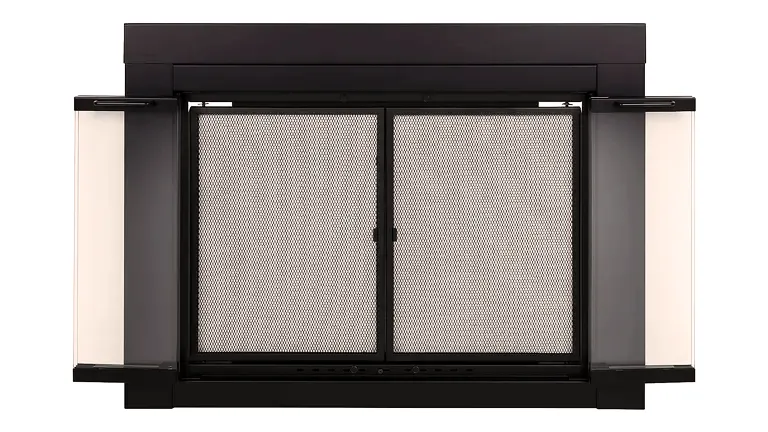
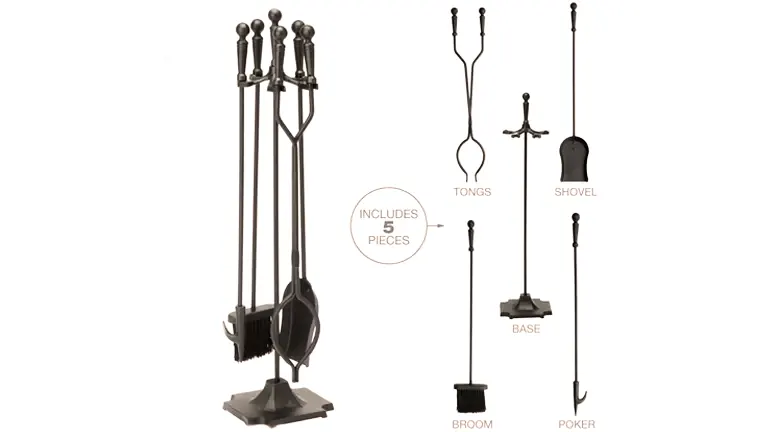


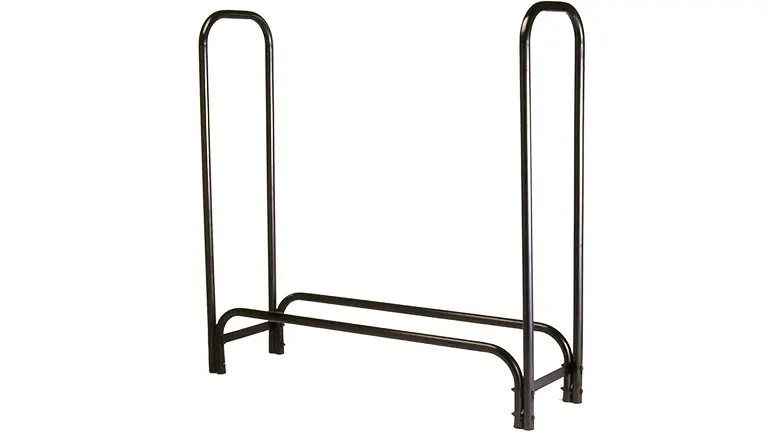

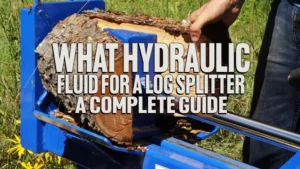


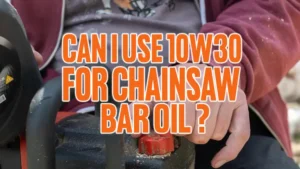

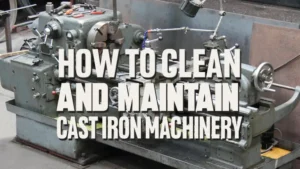
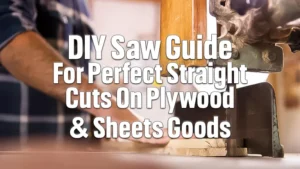
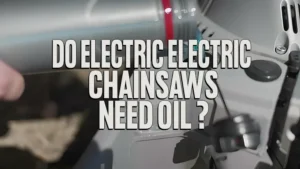

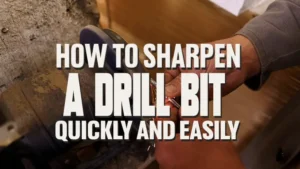

Leave your comment